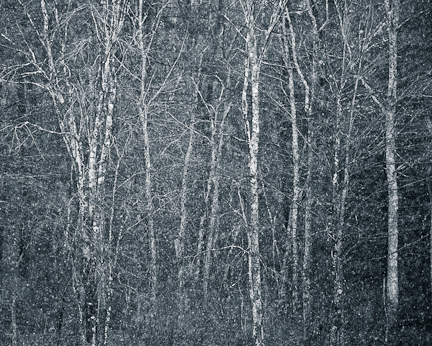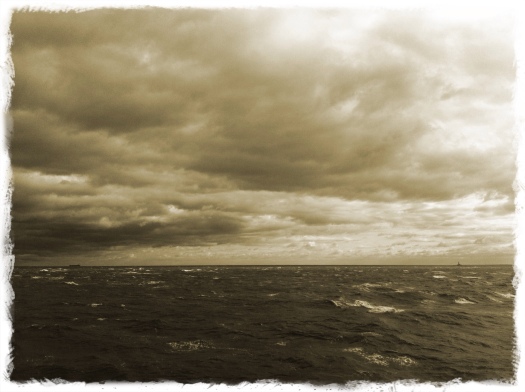Jerry Uelsmann is well known for his masterful photo-composites that are achieved in the traditional darkroom. While it is true that this kind of composite can now readily be created with the help of Photoshop, for me, few are able to create the kind of surreal masterpieces that Jerry has been able to produce over the years.
I plan to visit the exhibition of Jerry’s work ‘The Mind’s Eye: 50 Years of Photography by Jerry Uelsmann’ at the Peabody Essex Museum in the coming weeks. Check it out on-line here and read the Boston Globe review here.
Listen to Jerry talk about his photographic process in the video below:
For the full length video of Jerry discussing his work visit http://www.maurofiorese.it/ and also see his interview with Randi Lynn beach of PixChannel









